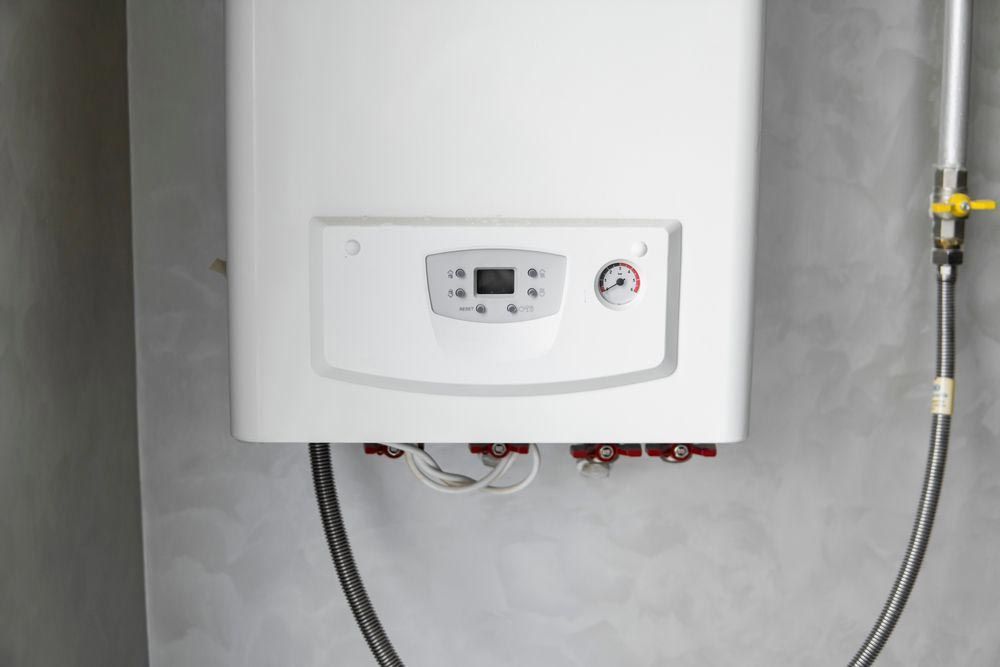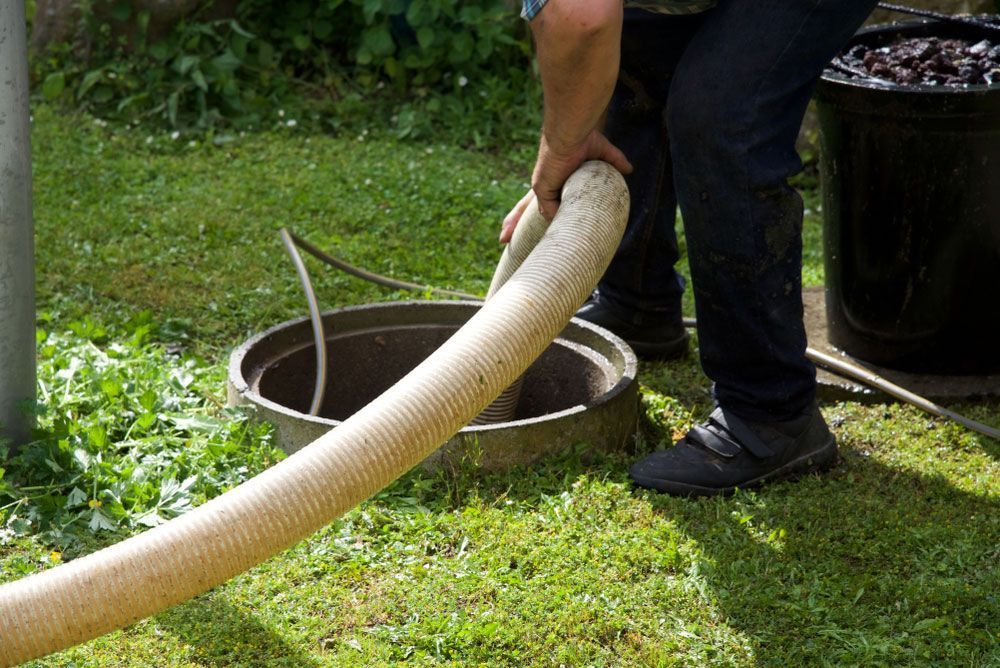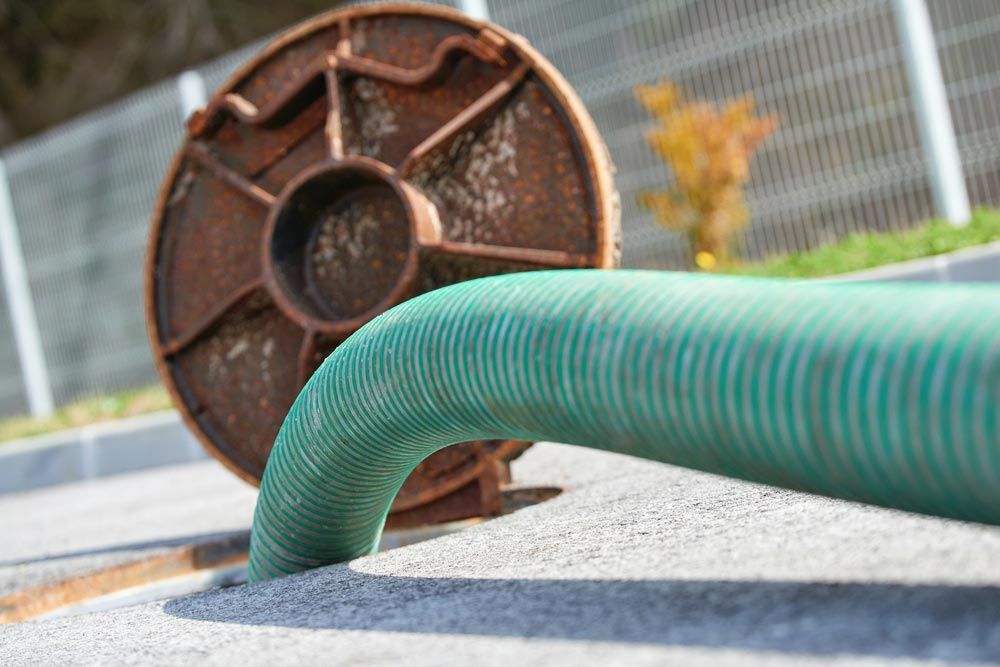What Size Septic Tank Do I Need For My Home?
A septic tank is one of the most important parts of your home's plumbing system if you live in a region without access to public sewer systems.
A septic tank removes waste from your household plumbing before it reaches the drain field or public sewer system. If you are considering replacing your septic tank, it's essential that you choose the right size.
How Does A Septic System Work?
A septic system is an onsite sewage treatment and disposal unit. It's often used in rural areas with no public sewers, or in properties where the cost of connection to a public sewer would be prohibitive.
A septic tank is an underground holding tank that collects wastewater from your home and sends it to the drain field, where it gets treated with bacteria. This process keeps harmful pollutants out of our water supply and makes sure your family has safe drinking water at all times.
It's essential to understand what happens with wastewater after it leaves your home. That way, you can take steps to protect yourself and your family from health hazards associated with wastewater discharge
Why It Is Important To Have The Correct Sized Septic Tank?
A properly sized septic tank will remove approximately 25-35 per cent of raw wastewater's Biochemical Oxygen Demand (BOD5) and more than 60 per cent of its suspended solids. Liquids are discharged in the primary tank while solids are stored in the base. The accumulation of floating material (scum) provides an airtight seal that creates an anaerobic environment.
How Do I Determine The Right Size Septic Tank For My Needs?
No set formula or magic number will tell you which tank to get because everyone's requirements are the same. A home with four to six bedrooms that produces an average volume of wastewater would need a tank that holds at least 4500L, but that is only a guide and should not be taken as gospel.
The tank must be able to contain the peak daily hydraulic load for at least 24 hours, plus a margin for accumulated sludge. The solids could continue to pass through the next treatment phase if the tank is too small. Under nearly all circumstances, Sydney Catchment Authority requirements call for a minimum of 3000 litres. An increase may be made if a dwelling includes spa baths or has multiple bedrooms.
For more details on industry standards, you can refer to AS/NZS 1547:2012.
The best way to determine the correct size tanks for your requirements is by speaking with experts who have years of experience in the industry and know how different homes use water. At VR Marsden Plumbing Services, we can provide expert advice on what size septic tank you will require based on your property type and wastewater production levels.
Our experienced team can help save you money down the line by avoiding unnecessary repairs or replacements due to incorrect sizing now.
If you'd like to speak to a professional, give us a call on 02 6649 1992 today to learn more about the right septic tank size for your property!







